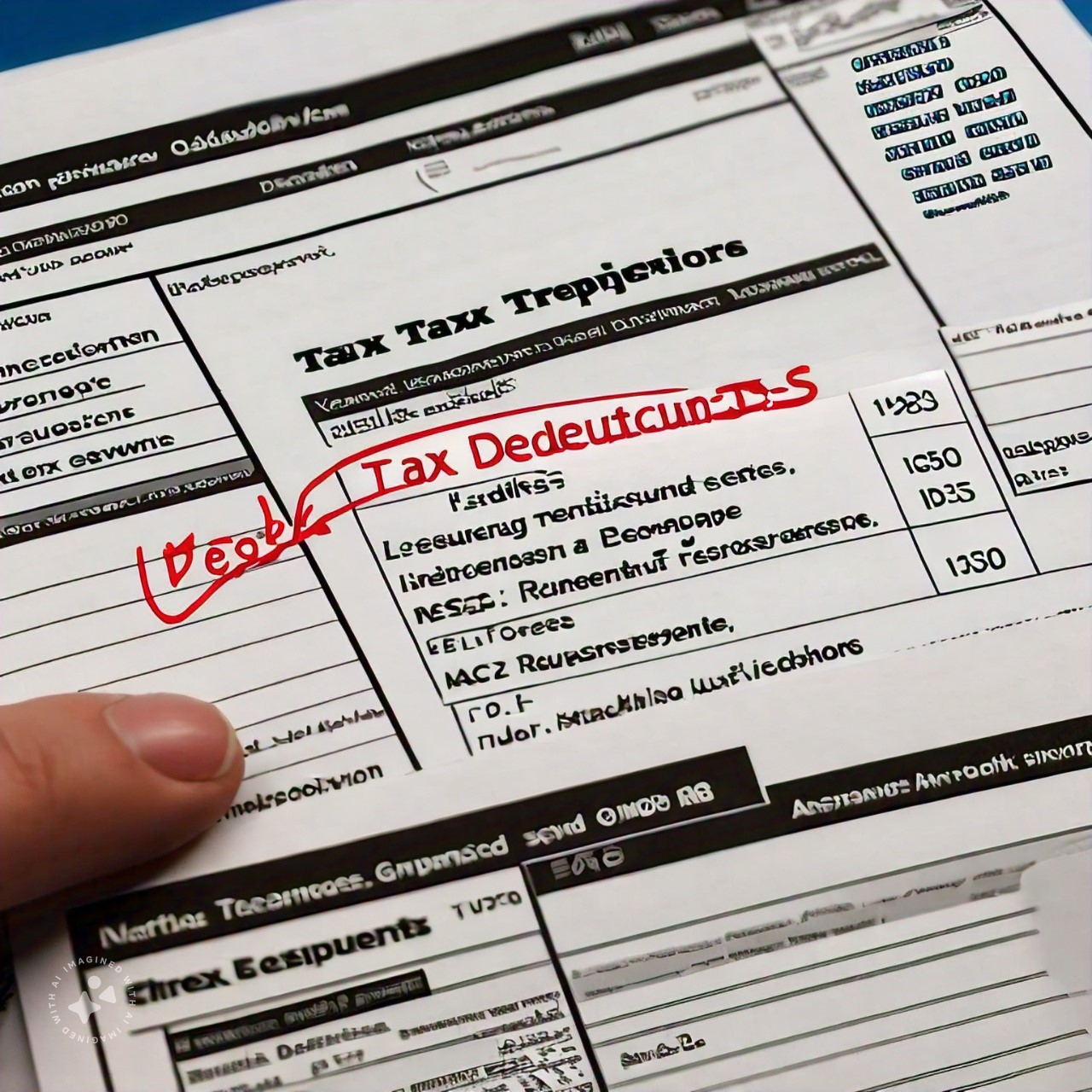Understanding and obtaining your tax transcript is an essential skill for managing your financial records and dealing with various institutions that may require this information. This guide will walk you through the process of acquiring your tax transcript, exploring different methods, potential uses, and important considerations.
Table of Contents
ToggleWhat is a Tax Transcript?
Before delving into the how-to, it’s crucial to understand what a tax transcript is. A tax transcript is an official summary of your tax return information, provided by the Internal Revenue Service (IRS). It contains most of the line items from your original tax return, including your adjusted gross income (AGI). However, it doesn’t show changes made after the original return was filed.
Types of Tax Transcripts
The IRS offers five different types of transcripts:
- Tax Return Transcript: Shows most line items from your original Form 1040, including any forms and schedules. This is typically sufficient for most financial institutions requiring tax information.
- Tax Account Transcript: Provides basic data such as return type, marital status, adjusted gross income, taxable income, and payment types. It also shows changes made after you filed your original return.
- Record of Account Transcript: Combines the tax return and tax account transcripts into one complete transcript.
- Wage and Income Transcript: Shows data from information returns like W-2s, 1099s, 1098s, and IRA contribution forms.
- Verification of Non-filing Letter: Provides proof that the IRS has no record of a Form 1040 for a particular year.
Methods to Obtain Your Tax Transcript
There are several ways to get your tax transcript, each with its own advantages and considerations:
1. Online via IRS.gov
The fastest and most convenient method for most taxpayers is to use the IRS website:
a. Visit IRS.gov and click on “Get Your Tax Record” b. Choose between “Get Transcript Online” or “Get Transcript by Mail” c. For online access, you’ll need to create an account or log in to an existing one d. Verify your identity by providing personal information and answering security questions e. Select the transcript type and tax year you need
Pros:
- Immediate access to transcripts
- Available 24/7
- Can view, print, or download transcripts
Cons:
- Requires strong identity verification, which some users may find challenging
- Need internet access and comfort with online systems
2. By Phone
If you prefer not to use online services, you can request a transcript by phone:
a. Call the IRS automated phone transcript service at 800-908-9946 b. Follow the prompts to provide your Social Security number and street address c. Select the option for the transcript type you need
Pros:
- No internet required
- Simple process for those comfortable with phone systems
Cons:
- Transcripts are mailed, taking 5 to 10 calendar days for delivery
- Limited to Return and Tax Account transcripts
3. By Mail
You can also request a transcript by mail using Form 4506-T or Form 4506T-EZ:
a. Download and fill out Form 4506-T (for all transcript types) or Form 4506T-EZ (for Return Transcripts only) b. Mail or fax the completed form to the appropriate IRS office (address provided on the form)
Pros:
- Doesn’t require internet or phone use
- Allows requests for all transcript types
Cons:
- Slowest method, taking up to 30 calendar days for delivery
- Requires manual form completion and mailing
4. In Person at IRS Offices
In some cases, you may be able to get your transcript by visiting a local IRS office:
a. Use the IRS Local Office Locator to find the nearest office b. Call to schedule an appointment c. Bring valid photo ID and your Social Security number or Individual Tax Identification Number
Pros:
- Face-to-face assistance available
- Can potentially get same-day service
Cons:
- Limited availability and may require an appointment
- Not all offices offer this service
Choosing the Right Method
The best method for obtaining your tax transcript depends on your specific situation:
- If you need the transcript quickly, the online method is ideal.
- If you’re not comfortable with online services or can’t pass the identity verification, phone or mail options are good alternatives.
- If you need a specific type of transcript not available online or by phone, using Form 4506-T by mail is necessary.
- If you require in-person assistance or have complex needs, visiting an IRS office might be the best choice.
Common Uses for Tax Transcripts
Understanding why you might need a tax transcript can help you determine which type to request:
- Applying for a mortgage or student loan
- Applying for government benefits
- Verifying income for rental applications
- Preparing tax returns for previous years
- Responding to an IRS audit
- Amending previous tax returns
Security Considerations
Protecting your personal and financial information is crucial when dealing with tax transcripts:
- Use secure internet connections when accessing transcripts online.
- Be cautious of phishing scams – the IRS will never initiate contact via email about your transcript.
- Store printed transcripts securely and shred them when no longer needed.
- If mailing Form 4506-T, send it via certified mail for tracking purposes.
Troubleshooting Common Issues
Sometimes, you may encounter difficulties obtaining your transcript:
- Identity Verification Failures: If you can’t pass the online verification, try the phone or mail options.
- Address Mismatch: Ensure the address you provide matches the one on your most recent tax return.
- Recently Filed Returns: It may take up to three weeks for a newly filed return to be available in the transcript system.
- Amended Returns: Transcripts may not reflect changes from amended returns for several weeks.
- Victims of Identity Theft: If you’ve been a victim of identity theft, you may need to work directly with the IRS to obtain your transcript.
Alternatives to Tax Transcripts
In some cases, you might be able to use alternatives to an official IRS transcript:
- Copies of filed tax returns (which you can request using Form 4506)
- W-2 forms or other income statements
- Bank statements or other financial records
However, always check with the requesting institution to ensure these alternatives are acceptable.
Keeping Your Own Records
While it’s convenient to be able to request transcripts from the IRS, maintaining your own tax records is a good practice:
- Keep copies of your filed tax returns and supporting documents for at least three years.
- Store digital copies of your returns in a secure, backed-up location.
- Update your personal records annually after filing your taxes.
Conclusion
Obtaining your tax transcript is a straightforward process with multiple options to suit different needs and preferences. Whether you choose the speed and convenience of online access, the simplicity of a phone request, or the comprehensiveness of a mailed form, understanding how to get your tax transcript empowers you to manage your financial information effectively.
Remember to consider security, choose the appropriate transcript type for your needs, and keep your own records as a backup. By following these guidelines, you’ll be well-equipped to access your tax information whenever the need arises, whether for loan applications, government benefits, or your own financial planning.


